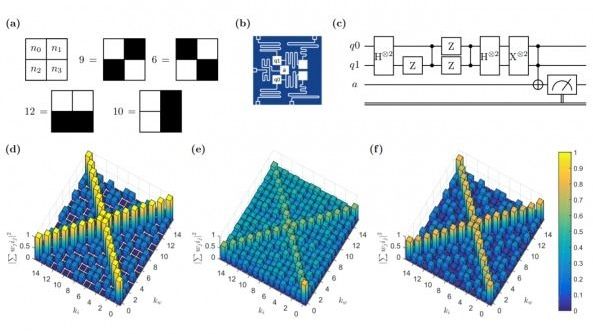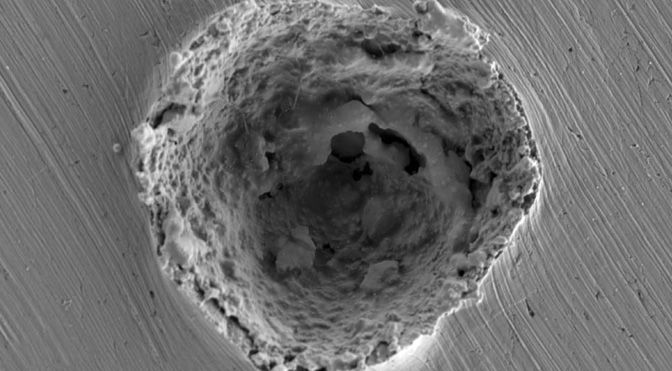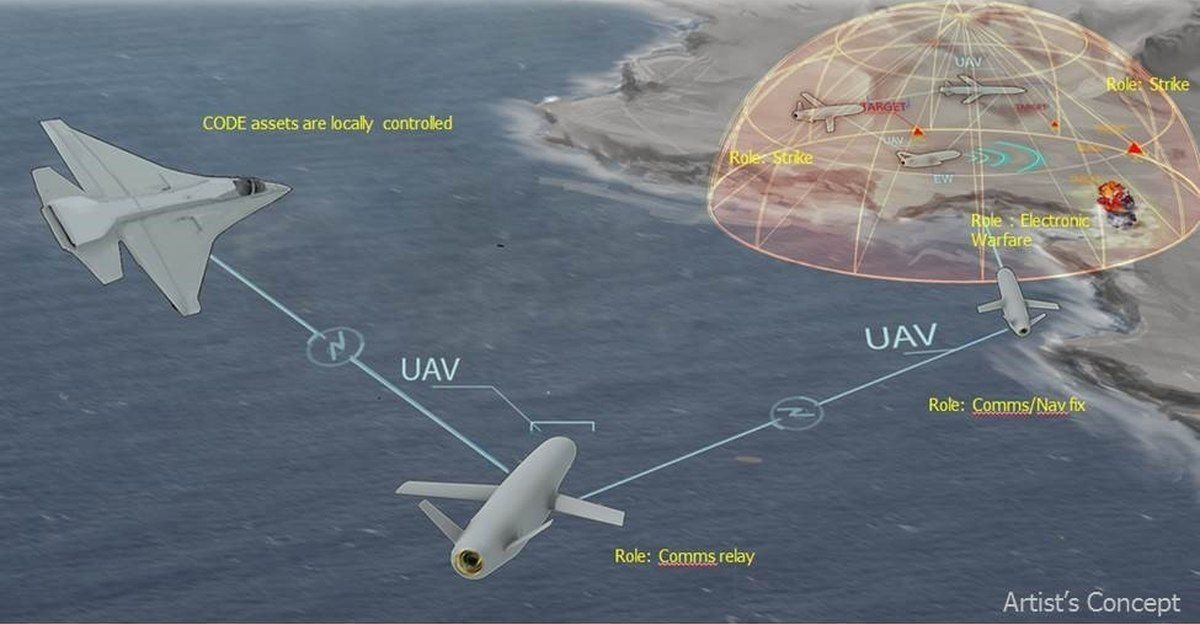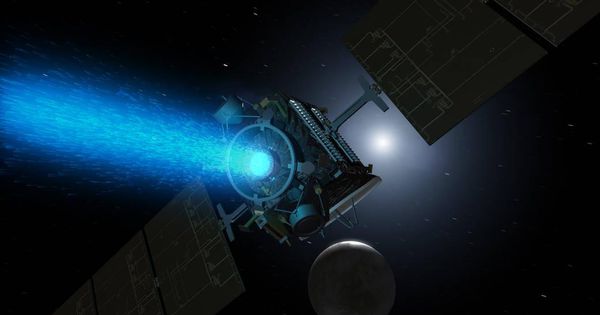AI SpaceFactory has initiated printing of NASA Construction Level 2. 3D-printing process proceeding as planned. Due to technical issues live-streaming of the event was disconnected. Updates will be provided throughout the day.
Get the latest international news and world events from around the world.

NASA opens $2.6 billion in contract services for Moon to Mars missions
“We are going,” is an important part NASA’s motto for its return to the Moon, and to get there, the space agency will need corporate partners. As part of carrying out the private sector integration requirements of White House Space Policy Directive 1, NASA Administrator Jim Bridenstine announced today at 2 pm EST the nine companies the agency has selected to compete for $2.6 billion in contracts to support its Moon to Mars mission. These contracts will be geared to filling the needs of NASA’s Commercial Lunar Payload Services Program over the next ten years of its development.

Machine learning, meet quantum computing
Back in 1958, in the earliest days of the computing revolution, the US Office of Naval Research organized a press conference to unveil a device invented by a psychologist named Frank Rosenblatt at the Cornell Aeronautical Laboratory. Rosenblatt called his device a perceptron, and the New York Times reported that it was “the embryo of an electronic computer that [the Navy] expects will be able to walk, talk, see, write, reproduce itself, and be conscious of its existence.”

MIT Studies Micro-Impacts at 100 Million Frames Per Second
Engineers know that tiny, super-fast objects can cause damage to spacecraft, but it’s been difficult to understand exactly how the damage happens because the moment of impact is incredibly brief. A new study from MIT seeks to reveal the processes at work that produce microscopic craters and holes in materials. The hope is that by understanding how the impacts work, we might be able to more durable materials.
Accidental space impacts aren’t the only place these mechanisms come into play. There are also industrial applications on Earth like applying coatings, strengthening metallic surfaces, and cutting materials. A better understanding of micro-impacts could also make these processes more efficient. Observing such impacts was not easy, though.
For the experiments, the MIT team used tin particles about 10 micrometers in diameter accelerated to 1 kilometer per second. They used a laser system to launch the projectile that instantly evaporates a surface material and ejects the particles, ensuring consistent timing. That’s important because the high-speed camera pointed at the test surface (also tin) needed specific lighting conditions. At the appointed time, a second laser illuminated the particle allowing the camera to follow the impact at up to 100 million frames per second.
The man who built ‘Star Wars’ droid BB-8 has created a giant rideable robot spider — here it is in action
Animatronics engineer Matt Denton has worked on some pretty mindblowing projects. He’s built special effects robots for “Star Wars,” “Harry Potter,” and “Jurassic World.”
But his latest project may just be his most ambitious yet. Denton has created a huge, six-legged driveable robot that has been compared to a spider. And it’s won him a Guinness World Record.
Denton was interested in robotics from an early age, “I was mad for technical Lego,” he told Business Insider. In fact, he still likes to build machines with Lego, as is attested by his YouTube channel.


9 US Companies Are Going to the Moon! Here Are NASA’s New Partners
NASA has selected the first batch of U.S. companies to join the agency on its journey to its next destination, the moon, which NASA wants to explore in order to prepare to go on to Mars.
During a public event held today (Nov. 29), the agency unveiled nine new partners that will be designing and building lunar landers aimed at facilitating scientific exploration of the moon. In addition to the specific companies chosen, NASA Administrator Jim Bridenstine also announced that the program running those contracts — the Commercial Lunar Payload Services program — is now part of the science section of NASA’s bureaucracy, not the human exploration section.
The general idea is that these companies will be able to compete for contracts to deliver NASA science experiments to the surface of the moon by flying lunar landers on rocket launches purchased from other commercial space companies. Those individual contracts would substitute for NASA needing to build those capacities itself. [Building Apollo: Photos from Moonshot History].

